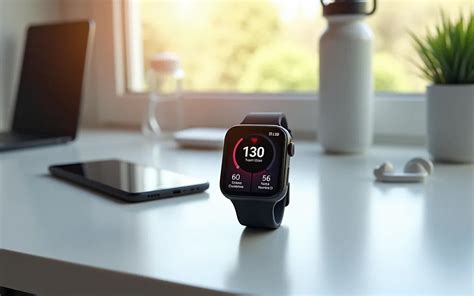The Crucial Role of Proactive Gear Maintenance
Whether it’s for outdoor adventures, professional tools, or everyday electronics, your gear is an investment. Neglecting its care not only shortens its lifespan but can also lead to frustrating malfunctions or even safety hazards when you least expect it. A well-structured maintenance routine isn’t just about cleaning; it’s about understanding your equipment, anticipating wear, and taking proactive steps to preserve its functionality and value.
An optimal gear maintenance routine is a balanced approach, incorporating quick daily checks with periodic deep dives and annual overhauls. This comprehensive strategy ensures that every component is cared for, from the smallest fastener to the most complex electronic circuit.
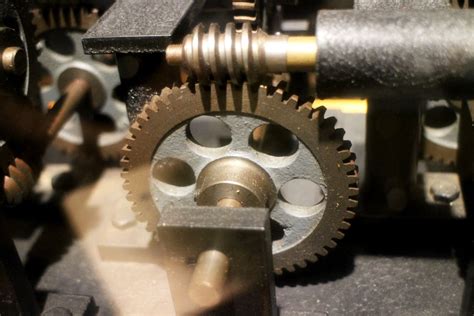
Daily & Pre-Use Checks: Your First Line of Defense
Before and immediately after each use, a quick inspection can prevent minor issues from escalating. This routine is less about deep cleaning and more about vigilance.
- Visual Inspection: Look for obvious signs of wear, damage, or loose parts. Check for fraying straps, cracked casings, or exposed wires.
- Basic Cleaning: Wipe down surfaces to remove dust, dirt, or moisture. For outdoor gear, brush off mud and debris.
- Functionality Test: Briefly test moving parts, switches, and connections to ensure they operate smoothly. Are zippers snag-free? Do buttons respond?
- Battery Check: For electronic devices, verify battery levels and ensure contacts are clean.
This rapid assessment takes only a few minutes but can save hours of repair or replacement costs down the line.
Weekly & Monthly Deep Dive: Thorough Cleaning & Inspection
Depending on the frequency and intensity of use, a more thorough maintenance session should occur weekly or monthly. This is where you get into the details.
Thorough Cleaning
- Component-Specific Cleaning: Use appropriate cleaners for different materials (e.g., mild soap for textiles, electronics cleaner for circuits, specialized solvents for metals).
- Lubrication: Apply suitable lubricants to moving parts like zippers, hinges, and mechanical joints. Avoid over-lubricating, which can attract dirt.
- Airing Out: Ensure all gear, especially items exposed to moisture, is completely dry before storage to prevent mold and mildew.
Detailed Inspection
- Tighten Fasteners: Check all screws, bolts, and connections for tightness.
- Wear & Tear Assessment: Examine critical areas for excessive wear, such as soles of boots, cutting edges of tools, or pressure points on backpacks.
- Seal & Gasket Check: Inspect seals on waterproof gear or containers for cracks or degradation.
- Calibration & Adjustment: If applicable, check and adjust settings, tensions, or calibrations according to manufacturer specifications.

Annual Overhaul & Proper Storage: Long-Term Preservation
Once a year, or after a particularly demanding season, a comprehensive overhaul is recommended. This is also the time to prepare gear for long-term storage.
- Manufacturer Service: For complex items like cameras, power tools, or specialized outdoor equipment, consider sending them for professional servicing as per manufacturer recommendations.
- Deep Conditioning & Treatment: Reapply water repellents to jackets, condition leather, or treat wooden handles.
- Replace Consumables: Change filters, replace worn cables, or upgrade aging components.
- Software Updates: For smart devices, ensure firmware and software are up to date.
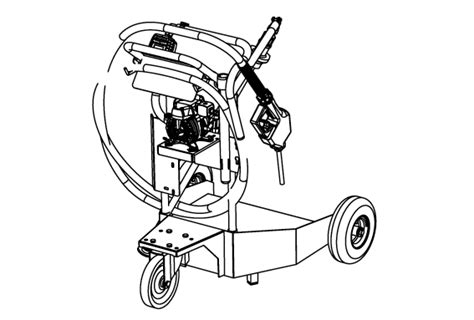
Optimizing Storage
Proper storage is as vital as active maintenance. Store gear in a clean, dry, temperature-controlled environment away from direct sunlight and pests. Use breathable bags for textiles and original cases for electronics. Ensure batteries are removed from devices not in use for extended periods.
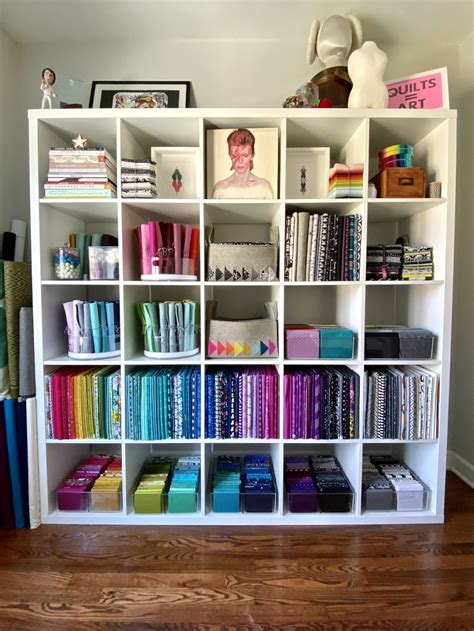
Essential Tools & Supplies for Your Kit
Having the right tools makes maintenance easier and more effective. Consider assembling a dedicated gear maintenance kit:
- Cleaning Brushes & Cloths: Soft brushes, microfiber cloths, and cotton swabs.
- Appropriate Cleaners: Mild soap, electronics cleaner, specialized fabric washes, degreasers.
- Lubricants & Protectants: Silicone sprays, specialized oils, waterproofing treatments, leather conditioners.
- Basic Tool Kit: Screwdrivers (various sizes), pliers, Allen keys.
- Air Blower: For dusting delicate electronics.
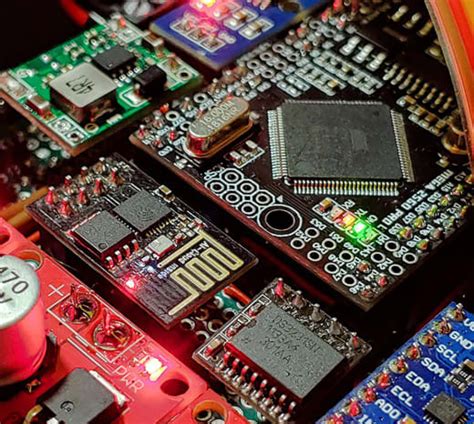
Conclusion: The Reward of Diligence
Adopting a consistent gear maintenance routine might seem like an extra chore, but it’s an investment that pays dividends. Not only will your equipment last longer, saving you money on replacements, but it will also perform more reliably and efficiently when you need it most. By integrating daily checks, periodic deep cleaning, and annual overhauls into your habits, you ensure your gear remains a trusted companion, ready for any challenge you throw its way.




